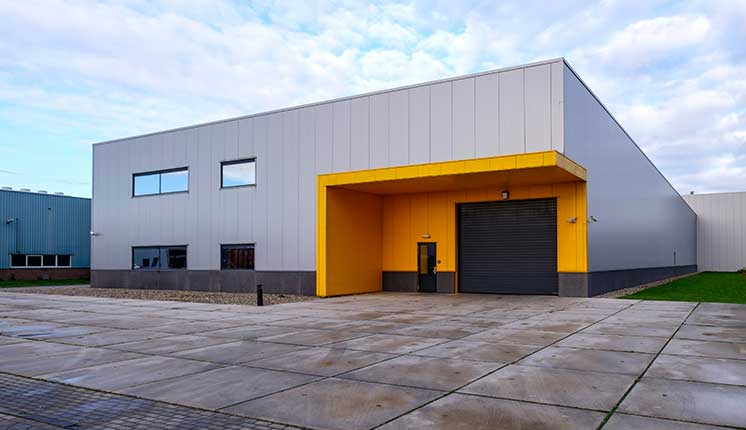
The Legislature is poised to make significant changes to last year’s Assembly Bill 98 warehouse permitting legislation.
Last year, the Legislature enacted AB 98 (Carrillo) that imposed design standards, permitting requirements, and location restrictions on an extremely broad universe of “warehouses.” AB 98 also requires local governments to update their circulation elements on an extremely aggressive schedule to include truck routes for warehouses. Attempting to address concerns with the proliferation of warehouses in Riverside and San Bernardino Counties, AB 98 created an inflexible, uniform statewide approach that was crafted behind closed doors and without the input of local governments that would have to implement the bill.
The cleanup bills, AB 735 (Carrillo) and SB 415 (Reyes) are identical measures that make the law implementable in rural areas and provide more time for compliance. In particular, these measures:
- Narrow the scope of facilities subject to the law.
- Exempt seasonal agricultural facilities and manufacturing facilities.
- Allow facilities to be sited on agricultural roads and expands the waiver process to include agricultural areas.
- Provide flexibility for local regulation of traffic from smaller agricultural and forestry-related facilities.
- Allow cities and counties not included in the Warehouse Concentration Region with logistic use developments to adopt an ordinance (instead of updating their circulation element) by January 1, 2028, and for smaller jurisdictions (cities under 50,000 and counties under 100,000 residents) to adopt an ordinance by January 1, 2030.
- Provide that jurisdictions that do not have logistic use developments in their jurisdiction are no longer mandated to comply with the circulation element/ordinance adoption requirement. If a jurisdiction approves a logistics use development in the future, it will have to adopt an ordinance within two years of the project’s approval.
- Protect cities and counties that are making a good faith effort to adopt an ordinance or update their circulation element to comply with AB 98. The bill requires the court to consider any mitigating circumstances delaying the jurisdiction from coming into compliance as a determination of whether the jurisdiction is making a good faith effort or is facing substantial undue hardships.
As the bills were last amended at 5:00pm on September 9th, they cannot be brought up for consideration on the Assembly or Senate Floors until after 5:00pm Friday, September 12th (after publication of this article).
RCRC, in coalition with the California State Association of Counties (CSAC), the League of California Cities (Cal Cities), and the American Planning Association – California
Chapter (APA California), supports this legislation.
The coalition letter of support is available here.
For additional information, contact RCRC Senior Policy Advocate, John Kennedy.
